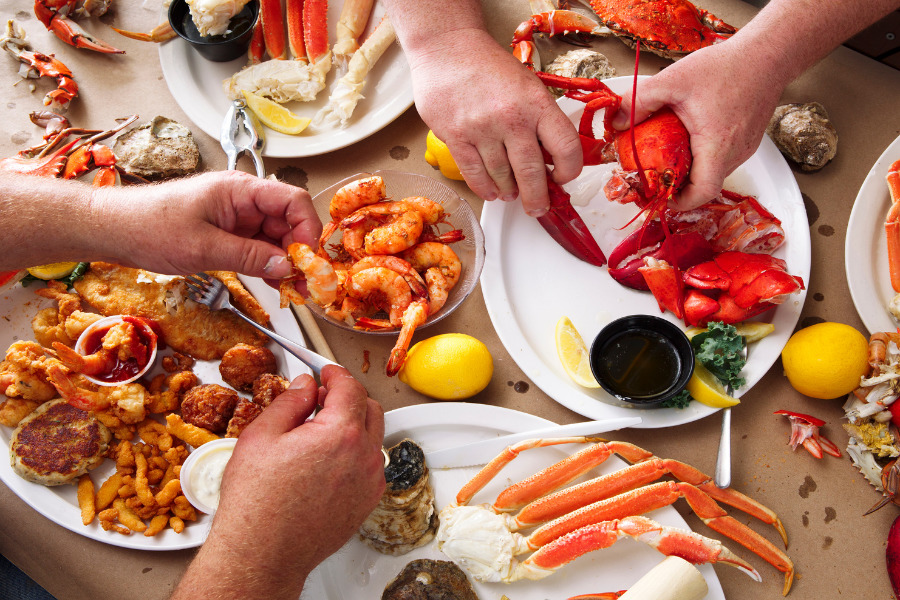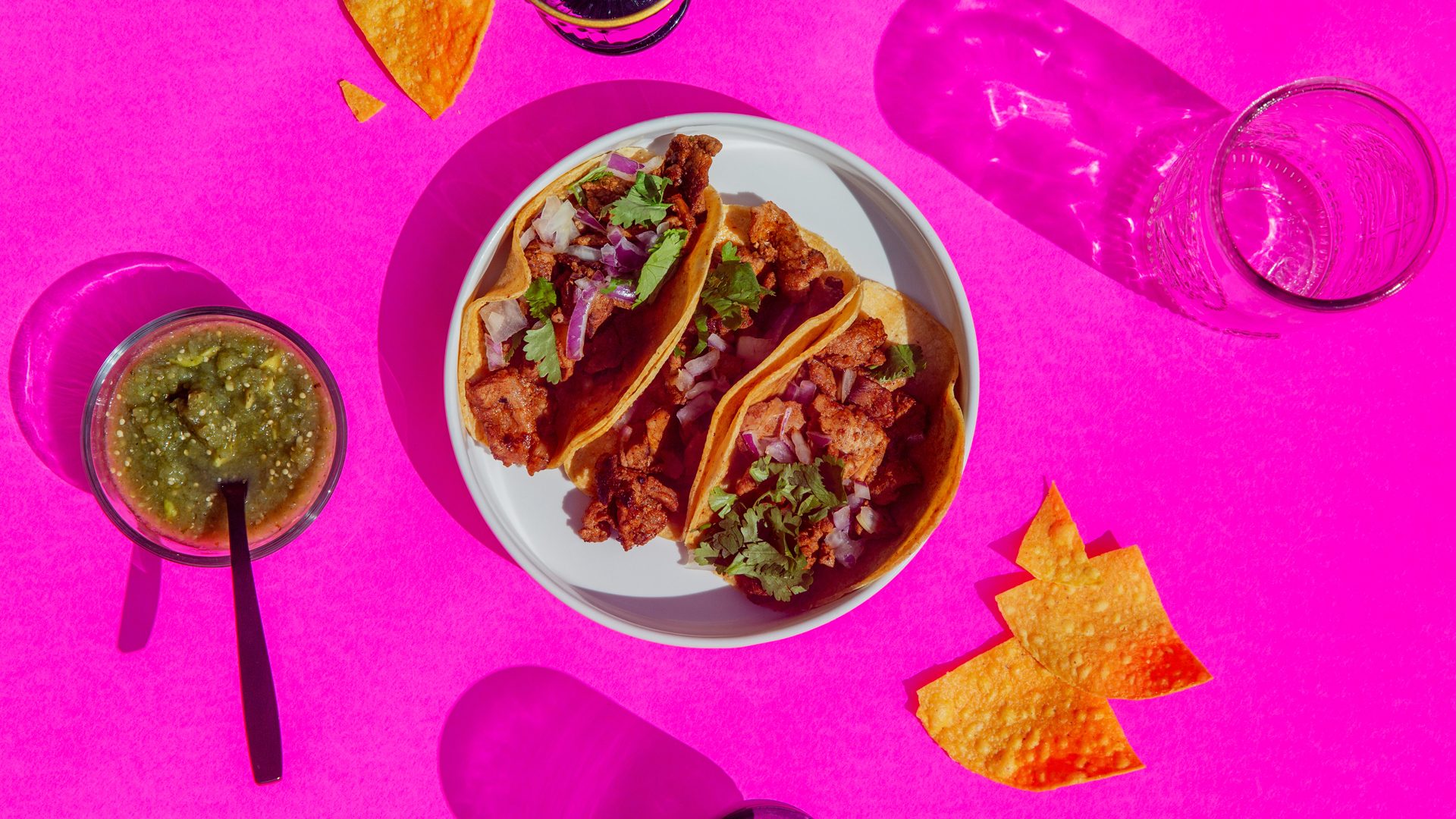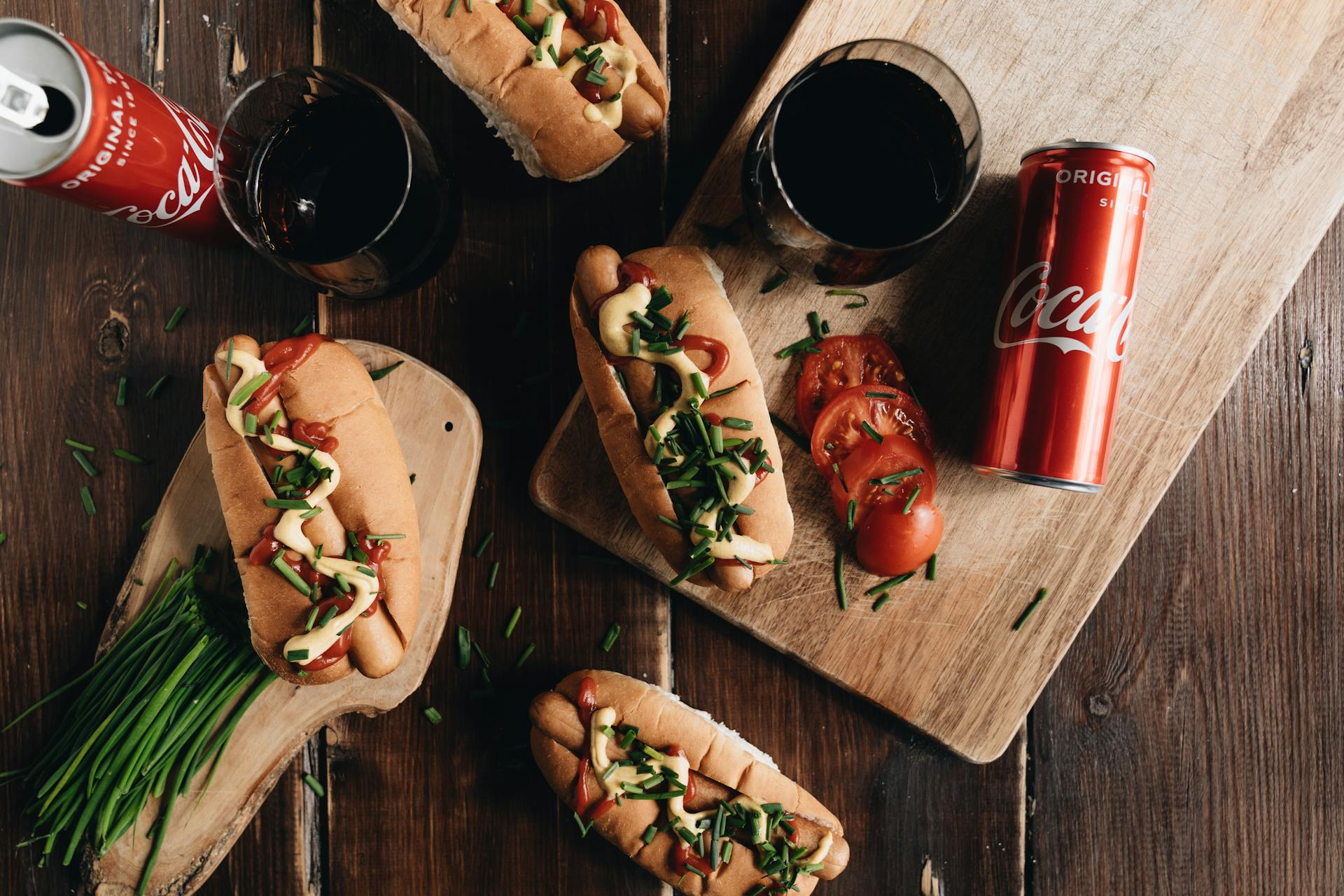Retailers across the U.S. posted record seafood sales in 2020, according to data presented at the National Fisheries Institute’s Global Seafood Marketing Conference.
Sales rose across all categories. Frozen seafood sales soared 35% to $7 billion, fresh sales jumped 24.5% to $6.7 billion, and shelf-stable increased 20.3% to $2.9 billion, said 210 Analytics Principal Anne-Marie Roerink, citing data from IRI Worldwide, reported SeafoodSource (Feb. 2).
WHAT WERE THE TOP SELLERS?
Seafood typically sold at the counter, or random weight fresh seafood, saw impressive sales gains. Fresh finfish sales rose 22%, shellfish 24.6%, and “all other” sales were up 18%. The top 10 selling seafood in the fresh department, in order, were: salmon, crab, shrimp, lobster, catfish, tilapia, cod, scallops, tuna, and trout.
Crab led the top five sales gainers in the category, followed by lobster, snapper, crab/seafood cakes, and halibut. With salmon remaining a top seller with a 19% increase, Roernik noted that fresh crab sales growth, reaching 62% in 2020, was “unheard of.”
In frozen, shrimp saw the biggest surge, while tuna was the highest seller in the shelf-stable category, rising 48% and 19% respectively.
WHO IS BUYING ALL THIS SEAFOOD?
Baby Boomers were the biggest buyers of shelf-stable seafood, with Roerink noting the industry was “lacking engagement” with millennials, Gen Z, and even some Gen Xers.
Perhaps one way to target younger consumers is aligning with sustainability efforts, as the ESG movement is particularly important to Gen Z. The Marine Stewardship Council, for example, believes the world is missing out on enough protein to meet the yearly needs of 72 million people because not all fisheries are managed sustainably. If fisheries started becoming more sustainable, it would not only be a win for the planet, but a way to win over younger, more environmentally-conscious consumers.
Additionally, frozen seafood sales skewed towards households with annual incomes above $100,000, leading Roerink to add that the industry needs to do better encouraging lower-income households to buy more seafood.












